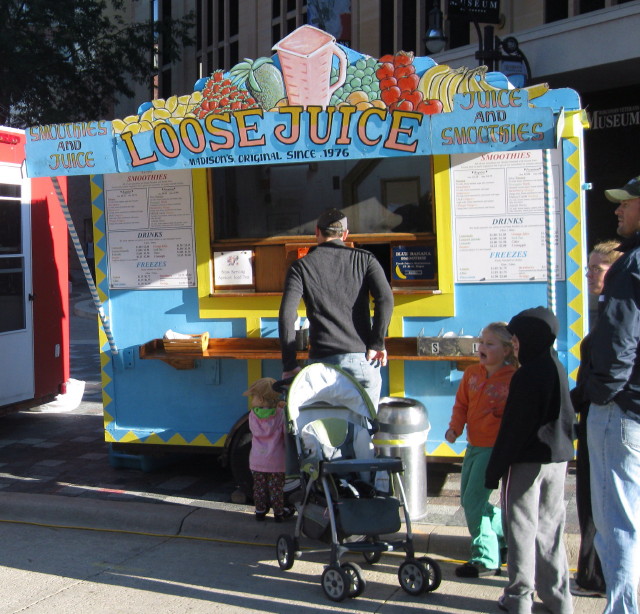
The ubiquitous Loose Juice cart, once owned and operated by Karl Armstrong. Courtesy: City of Madison
A man was arrested in May by Illinois State Police following a traffic stop after finding $815,000 in heat-sealed bags in the motor home he was driving. The cash smelled strongly of cannabis and while most people saw a 65 year-old man arrested for possible drug trafficking; I noticed that he was a convicted terrorist and he used to give me free lemonade.
The man who was arrested is Karl Armstrong, currently residing in the Town of Madison, and it seems he might be circling back to some of his old habits, and this time he may not have the anti-war movement to give him cover.
Karl and his brother Dwight grew up on the North Side of the city of Madison in typical blue collar fashion. Karl attended the University of Wisconsin – Madison beginning in 1964 and attended off and on after that. During this time he became radicalized against the war in Vietnam. He was not alone, as Madison during the war was a pulsating hotbed of anti-war activism, much of it through protest but there were many others like Karl who saw the awakening as the beginning of the revolution.
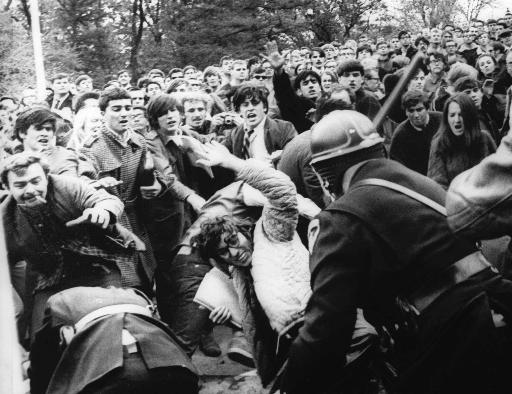
The Dow Day Protest and the institutional reaction to it galvanized viewpoints on all sides, setting the stage for larger and more dramatic confrontations on the UW campus. Courtesy: Havens Center – UW Madison
An early watershed moment for the anti-war movement in Madison and around the country was in October in 1967 when a large protest against Dow Chemical recruiters (the makers of Napalm) being allowed by the university to conduct job interviews on campus. The protesters occupied the building holding the interviews and Madison police were called in by the university to clear them out, which they did, clubs swinging.
The event came to be known as the Dow Day Protests, and seeing good wholesome Midwestern university students protesting was a relatively new thing in the heartland. But it was also shocking to see police beating those same students, and the bloody images from that day galvanized many. The event helped launch the political career of current Madison Mayor Paul Soglin; who became one of the key student leaders on campus.
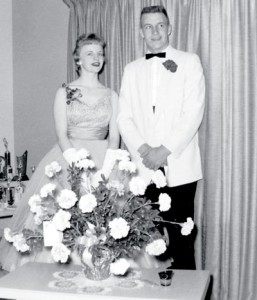
Lynne and Dick Cheney at their 1959 high school prom. The HS sweethearts married in 1964 and sought post-graduate degrees at UW Madison. Courtesy: The Washingtonian.com
There was one key irony of Dow Day that would not become apparent until decades later. During that time there was a young married couple attending graduate school at the UW that were not swayed by the events on campus; and maybe the protests hardened their views.
Lynne and Dick Cheney were each pursuing doctoral degrees at the time and viewed the protests on campus as an annoyance.
Dow Day may not have registered much with the future warmonger Dick Cheney, but it had a great effect on Karl Armstrong who by that time had re-enrolled at the UW. In the next few years he would integrate into the student protest movement.
However he became fixated on the war and his studies suffered from time to time, which eventually delivered him for brief stretches to visit his uncle in Minneapolis. His uncle was a drug dealer of some consequence and Karl (and sometimes Dwight) would stay with him, especially when money was short.
By 1969, Karl along with many UW students and activists in Madison, had become obsessed with the Army Mathematics Research Center that was hosted by the university and given space in Sterling Hall on campus. The center’s charter required that half of its time be spent on Army projects.
The activists wanted Army Math to leave because they felt that much of the research contributed to the United State’s war efforts in Vietnam. The building, which hosted other academic departments including Physics, was the target of constant protests and other rebellious acts.
Karl had become frustrated with the anti-war movement in Madison and wanted more direct action against the government. He torched an ROTC installation on campus, tried to set fire to the Selective Service office but instead damaged the UW Primate Research Center, and attempted to use dynamite to destroy a power sub-station that supplied the nearby Badger Ammunition factory northwest of Madison.
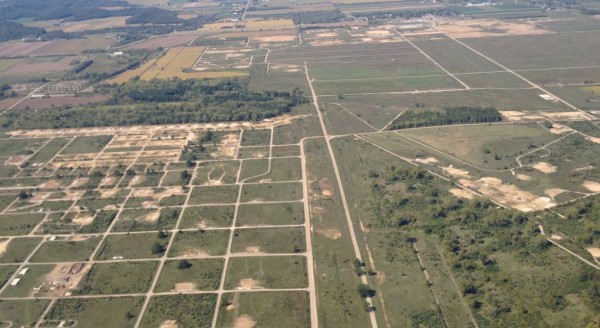
The former site of Badger Ammunition north of Sauk City, Wisconsin. Karl and Dwight tried to drop gasoline bombs on the sprawling complex in the first hours of January 1, 1970. The act led to Karl dubbing his movement the New Year’s Day Gang in future pronouncements to the media.
On New Year’s Eve 1969 Karl and Dwight stole a two-seat plane from Middleton’s Morey Airport and flew in snow showers to that same ammunition plant and tried to drop the equivalent of Molotov Cocktails on the vast facility. Dwight, who previously worked at Morey as a lineman (fueling planes etc), had only a few lessons but they managed to fly the plane at night, in winter weather. They abandoned the plane at nearby and tiny Sauk-Prairie Airport, using only the lights of road flares set out along the runway by Karl’s girlfriend.
It was this event that Armstrong used to define his actions from then on. In sending communiqués to the campus newspapers and other underground publications it was signed the “New Year’s Day Gang”. The NYDG would gain some notoriety on campus and the events at Kent State in the April of 1970 would push Karl to propose the most violent action yet.
By the summer he had recruited to his cause 18 year-old David Fine, a UW Freshman and 22 year-old Leo Burt who like Fine worked at the “Daily Cardinal”, the primary student newspaper on campus.
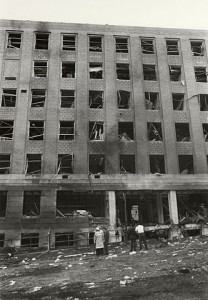
Sterling Hall after the bombing on August 24, 1970. The blast was heard and felt 30 miles away. Courtesy: Wisconsin State Historical Society
The NYDG began preparations to bomb the AMRC in Sterling Hall and acquired a 1960s vintage Ford Econoline van to use in the attack. Early in the morning of August 24, 1970 Karl parked the van, loaded with nearly 2,000 pounds of a mixture of Ammonium Nitrate and fuel oil, in a loading dock of Sterling Hall.
While the time of day was picked to avoid human casualties, Physics researcher Robert Fassnacht was killed and three others were injured in the blast. The AMRC was hardly touched.
The members of the NYDG escaped to Canada, however all but Leo Burt were eventually captured. Burt has never been found and his whereabouts remain a mystery. Karl, Dwight, and Fine all served time with Karl pleading guilty to the bombing so long as during his sentencing hearing he could put the war on trial.
He called many witnesses to testify on record about the war, a so-called day in court for both Karl and the war. The bombing was the largest domestic terrorist attack until the Oklahoma City Bombing in 1995.
Karl Armstrong was sentenced to 23 years in prison but only served seven and was released in 1980. He would go on to run several businesses in the Madison community including the Radical Rye, a sandwich shop near the central library; and Loose Juice a drink cart that was ubiquitous on the UW Library Mall and various neighborhood festivals.
Lemonade not bombs
I first met Karl Armstrong at the Willy Street Fair sometime in the mid-1980s, but I didn’t know it. My parents own property along Williamson across from what is now the parking lot of Plan B. My best friend lived next door and we waited with anticipation each year for the Loose Juice cart because we had a year to year unwritten contract with Armstrong: electricity for lemonade.
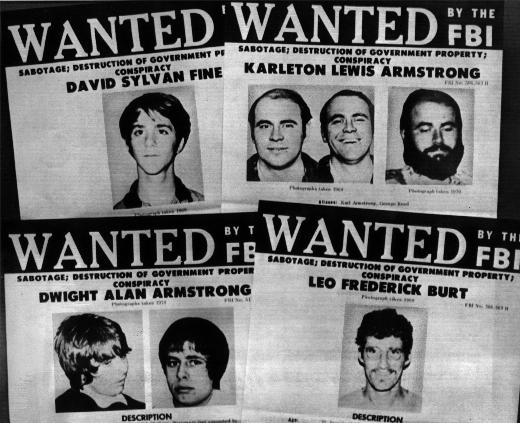
The New Year’s Day Gang: David Fine, Karl and Dwight Armstrong, and Leo Burt. Courtesy: Wikipedia.org
We would plug in a long extension cord from his cart to either my friend’s house or the property owned by my parents. In return for the electricity to run his blenders, juicers, etc., we got free lemonade both days of the fair. For two 10 year-olds it was one of the best deals around.
Fast forward to my second year in college when I had chance to view “The War At Home”, a documentary produced by Wisconsin Public Television. It was about Madison and how it evolved from the quintessential American town to be redefined as a center of mostly left-leaning activism via the anti-war movement.
At the very end of the film it showed Karl Armstrong being released from prison in Waupan and it dawned on me that the notorious leader of the NYDG was the nice man who gave me lemonade year after year at the premiere neighborhood festival in the city.
The irony is this festival was started by folks in the neighborhood to celebrate the kind of community that evolved from the social change that occurred the 1960s and 1970s in Madison.
Armstrong over the years would first disavow the tactics he used to protest the war then embrace them again during a 1986 interview with the “Milwaukee Journal’s Wisconsin Magazine” (Part 1, Part 2),
“I still feel we can’t rationalize someone getting killed, but at that time we felt we should never have done the bombing at all. Now I don’t feel that way. I feel it was justified and should have been done. It just should have been done more responsibly.” Armstrong said.
Dwight would spend his years after prison driving for a cab company in Madison until 2001 when he purchased the Radical Rye with Karl. He died of cancer in 2010. David Fine finished law school but had a tough time getting admitted to the Oregon Bar due to his involvement in the bombing.
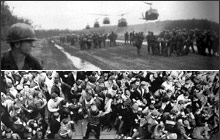
Pulitzer Prize winning author David Maraniss, a UW Freshman from Madison on Dow Day, observed the protests that day and wrote the excellent book “They Marched Into Sunlight” about Dow Day and a battle in Vietnam that occurred the day before that wiped out an entire U.S. Army company.
Now Karl Armstrong is in hot water again. The arrest in Illinois led to a search warrant for his Wisconsin home where computers, a cell phone, camera, and data storage drives were seized. Armstrong says he had no idea the money was in his motor home, and only had $4,000 in cash which he was using to fund his travels back to Madison.
The cash, found in several duffel bags and a cooler, was discovered during the search of the vehicle during the traffic stop when an officer noticed that some plywood planks under the bed had tool scratches near the screws that held it down. No drugs have been found in the motor home or Armstrong’s trailer home in Madison.
Legacy redefined?
The bombing in 1970 fractured the anti-war movement in Madison and to a certain extent across the country. Debate raged among activists about what were the best tactics to affect change in U.S. policy now that the most extreme tactics had been employed and ended up poisoning the argument.
Armstrong’s legend has been elevated due to his actions attached to the anti-war movement 40 years ago, which may have helped him to earn early parole. It seemed that after prison, Karl did his best to make positive contributions to society through building long, peaceful ties in the community. However in reading about his journey to infamy, and adding in this week’s arrest, it turns out Armstrong’s lofty high-minded anti-war motivations have been compromised by a life-long penchant for basic criminal activity.
Nothing has been proven about why all that money was in Karl Armstrong’s motor home, but without a noble cause behind him, this time it may be hard for him to make lemons into lemonade.


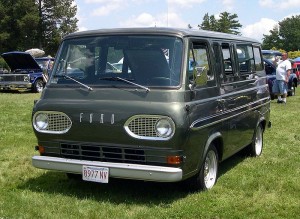
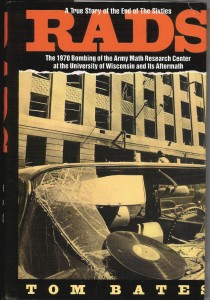
Don’t know why you thought adding Dick and Lynne Cheney to this article would prove anything other than perhaps a hatred towards the man? As my teachers in junior high, high school and college would tell me when writing papers, that’s superfluous and info that doesn’t add to the paper. Otherwise, interesting article. Just stumbled upon this when researching other things.
I’ll respond to your comment the same way I responded below. Mentioning him in the piece is quite relevant to how Cheney’s own views shaped his actions going forward. I wouldn’t have even known about Dick Cheney’s time at UW-Madison if I had not read about it in Davind Mariniss’s book about Dow Day. He only devotes 2-3 paragraphs to the man but I think all your teachers would find it very relevant what formative influences may have driven Cheney who in later life has been an ardent supporter of adventurous war policies.
So where is Karl today?
Lenin said that there was no revolutionist worth his salt that hadn’t done a stretch in prison. He also said that the revolution would not be a bourgeois dinner party. Prisons are the nursery of revolution. So called basic criminal instincts are what keep modern Bolsheviks alive in the United Snakes. Hit them where it hurts, Karl. All power to the Dialectic. Down with peti-bourgeois moralizing!
I hope the dimwitted violent asshole ROTS IN HELL…!!!
Who U talking about Cheney !
What does Cheny have to do with the killers you write so glowingly about? Even if he had something to do with the events you write about, how can he be called a warmonger and the people you write about are not? Are you still living in the 60s? They killed more people than Cheney. And how is they felt justified protesitng and deploring war, yet bombed buildings. And ammunition dumps. And killed people. The irony of it all – you nonsensical idiot. bwahahahaha . . .
Your comments are almost not worth responding to as you are lacking a depth of understanding about the events…plus the name calling really poisons any possible salient points you might have had. Also, I did not live in the 1960s and therefore am removed from the emotional ties that my parents and their colleagues had about this time in Madison. If you would have read the piece with any critical eye you would have seen that no one defends the violent actions of New Years Day Gang. The essay lays out the reasons they acted, and my own interaction with Karl Armstrong a decade later.
As for Cheney his body count is exponentially higher. Mentioning him in the piece is quite relevant to how Cheney’s own views shaped his actions going forward. Even two years after the writing of this piece he is still pushing destructive warmongering policies which killed hundreds of thousands of Iraqis over two wars, the same in Afghanistan and of course killed and maimed a generation of American military men and women.
You have your “fact” wrong. Bush/Cheney were responsible for THOUSANDS of lost lives. The Armstrongs, Fine, and Burt were responsible for ONE death. Not that it was inconsequential. They phoned Sterling Hall to warn occupants to leave, but 4 men either didn’t get the message or chose to ignore it, and one of them died. That was the ONLY bombing they committed. The “bombing” of the munitions plant was a failure–mayonnaise jars filled with gasoline didn’t ignite.
But back to the Cheneys: I was a UW student during the late sixties while Dick and Lynne were studying there. It is significant to note that they were present for the Dow protests, which rocked everyone’s world who was there. It undoubtedly shaped Cheney’s hawkish views, even though he himself never even served in the military, let alone in combat. He and Bush should have been tried for war crimes for that senseless war. Cheney should have been also charged with profiteering because his company, Halliburton, made a pile of money catering the Iraq and Afghanistan invasions.
I do NOT condone what the NYDG did, but it doesn’t hold a candle to what Cheney and Bush did in terms of human lives lost or damaged. Next time do your homework before you post! Boom! Bwahahahah, yourself!
UM…I don’t disagree with you about the number of lives lost through BUSH/CHENEY policies. I also don’t know where you drew the inference that I was comparing the relative death tolls of Cheney and the NYDG…maybe you should try reading every word of the article instead of skimming. The focus of this article is not about Cheney’s shame on humanity, it was about my interactions with Karl Armstrong and his history in Madison. It was important to mention Cheney in this context because of the political and social earthquakes that were going on in our society at that time. There is plenty of evidence about Cheney’s awfulness, my mention of his formative years was more than sufficient to see why he became the prince of darkness he is now.
I post three paragraphs below refer to Cheney…what in these passages relates to what you are talking about in your comment?
“There was one key irony of Dow Day that would not become apparent until decades later. During that time there was a young married couple attending graduate school at the UW that were not swayed by the events on campus; and maybe the protests hardened their views.
Lynne and Dick Cheney were each pursuing doctoral degrees at the time and viewed the protests on campus as an annoyance.
Dow Day may not have registered much with the future warmonger Dick Cheney, but it had a great effect on Karl Armstrong who by that time had re-enrolled at the UW.”
What happened with Karl’s arrest and the $800K? Was he ever charged for anything related to the cash??
What happened with Karl’s arrest and the $800K? Was he ever charged for anything related to the cash??
Don’t really know…if there was a resolution it hasn’t been mentioned in local media.
The Sterling Hall bombers did the right thing.
Hello,
My father, who died 6 months ago, age 93, may have been a support person for the New Year’s Gang, who bombed Sterling Hall. I was 5 years old. We had a VW van, and he was on staff at Madison University. Apparently he lent it to his ‘activist friends’, and then they returned it to him “all cleaned up” at around the same time as the bombing. After that, he drove it along back-roads to pick us up from California, then we had a fast trip up to Vancouver, and all got on a ship bound for New Zealand.
I would like to know if either Karl Armstrong or David Fine have any recollection of him. Do you know how to get in touch with either of them?
Could I get into contact with the author of this blog?
Reply to Editor@Willystreetblog.om